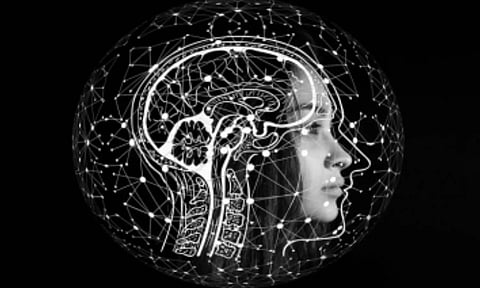

NEW YORK: A common brain network likely exists among people addicted to nicotine, alcohol, cocaine or heroin, finds a study.
The findings, published in Nature Mental Health, suggests a potential brain circuit to target with neurostimulation therapies.
"Our study found that different brain regions implicated in addiction are all a part of a common brain circuit," said Michael Fox, from the Center for Brain Circuit Therapeutics at Brigham and Women's Hospital in the US.
The team evaluated data from across more than 144 studies of addiction, involving more than 9,000 participants. Within each of those studies, different brain regions were noted as a place to target to treat addiction.
They found abnormalities across substance use disorders mapped to a common brain network across substances and lesion locations.
"Consistency across different papers means we now have a brain circuit to target addiction with treatments, rather than just a region," Fox said.
"The best potential targets were unclear because of how many different abnormalities have been found across those previous studies," Stubbs said.
Researchers used a network mapping approach with an average wiring diagram to find the link between the different types of brain imaging lesions that affect addiction. It also looked at different substances and found the network was common, whether someone was addicted to nicotine, alcohol, cocaine or heroin.
One limitation to the study is because the data came from previous studies and the findings are correlative, the authors could not conclude causation. Stubbs also noted there are many ways to look at brain imaging, which makes looking at the data more complicated.
Fox said that despite the extensive data points, narrowing down a specific circuit fills in a gap from previous studies, bringing targeted neurostimulation to treat addiction, like transcranial magnetic stimulation, closer to patients in a clinical setting.